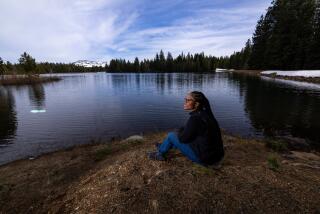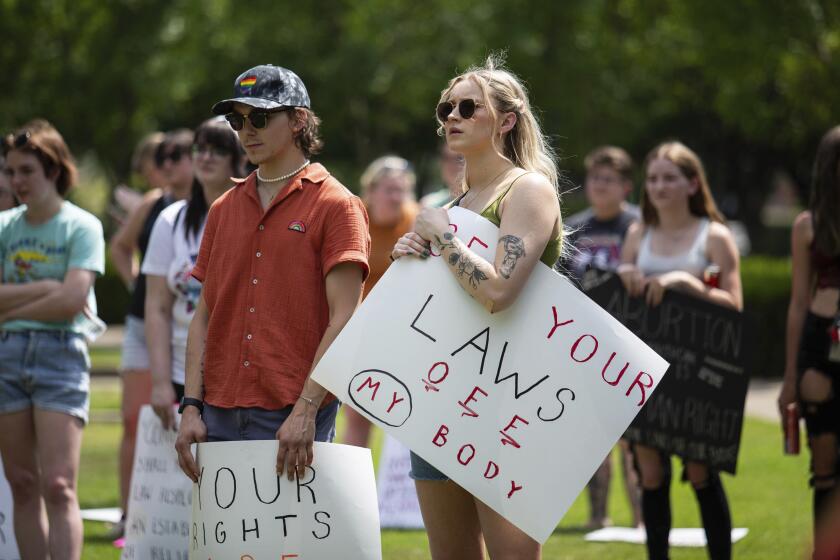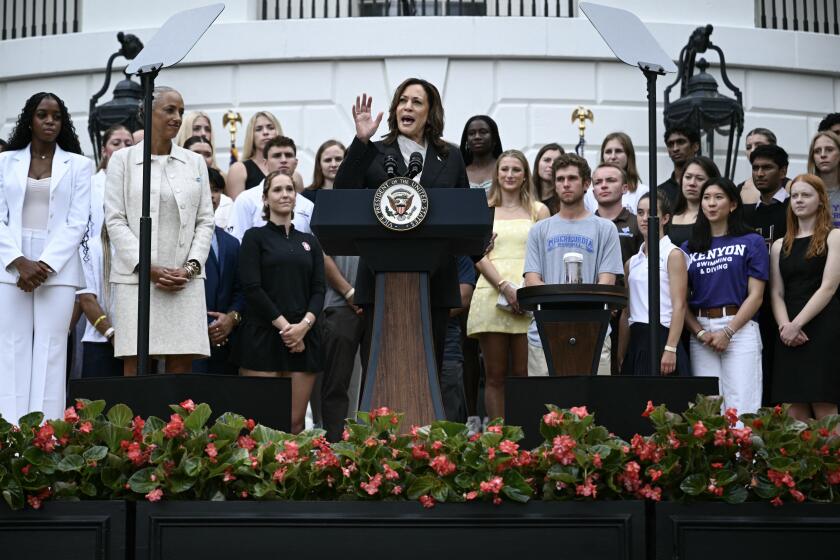Editorial: Preserving a little bit of L.A.’s urban wilderness in Laurel Canyon
Want to save some urban wilderness from development? Buy it.
That’s what an alliance of community groups and wildlife advocates is trying to do to preserve as open space a 17-acre mountain ridge in the Hollywood Hills with spectacular views and abundant wildlife. The buyers have agreed to pay $1.6 million for the land, which lies above the Laurel Canyon neighborhood, and the owners have given them a year and a half to raise it. If the community groups succeed, they plan to turn the land over to the Mountains Recreation and Conservation Authority, a local government agency that will manage it as a preserve to be enjoyed by people and traversed by coyotes, bobcats, deer and raccoons.
It’s an ambitious project, spearheaded by the Laurel Canyon Assn. and the Citizens for Los Angeles Wildlife. And it’s not the first time that a band of residents has taken it upon themselves to figure out a way to buy land to stop it from being developed. A campaign by residents, city leaders, conservationists and the Trust for Public Land several years ago raised millions of dollars from numerous sources, including philanthropists and Playboy magazine magnate Hugh Hefner, to purchase the Cahuenga Peak near the Hollywood sign to keep it as open space as part of Griffith Park.
Such efforts reflect the widespread frustration across the city with a planning and development process that has broken down, leaving land-use decisions to be guided in many cases by outdated community plans and influenced by deep-pocketed developers. Ideally, there should be better and more specific plans that spell out what kind of development is or isn’t appropriate on a piece of land, and how the city can preserve open space and wildlife corridors while also meeting its desperate need for housing. And those plans should not be so vulnerable to exceptions pushed by City Council members, who exercise outsize control over land use in their districts despite zoning and other regulations, and who collect much of their campaign money from real estate developers and others who seek approval for their projects.
Those are systemic problems, and they’re not likely to be solved soon. That’s why people so often register their displeasure with a planned development by filing suit, then battling with the developers for years in court. It’s impressive to see the residents of Laurel Canyon try a different way to keep open land in their community before it can be turned into houses and parking lots.
Follow the Opinion section on Twitter @latimesopinion and Facebook
More to Read
A cure for the common opinion
Get thought-provoking perspectives with our weekly newsletter.
You may occasionally receive promotional content from the Los Angeles Times.






